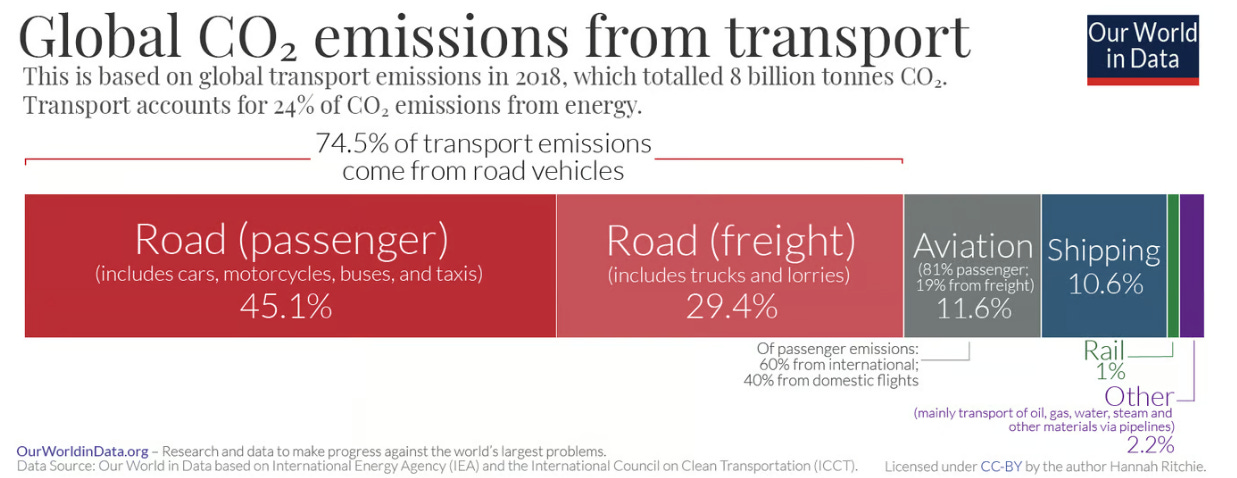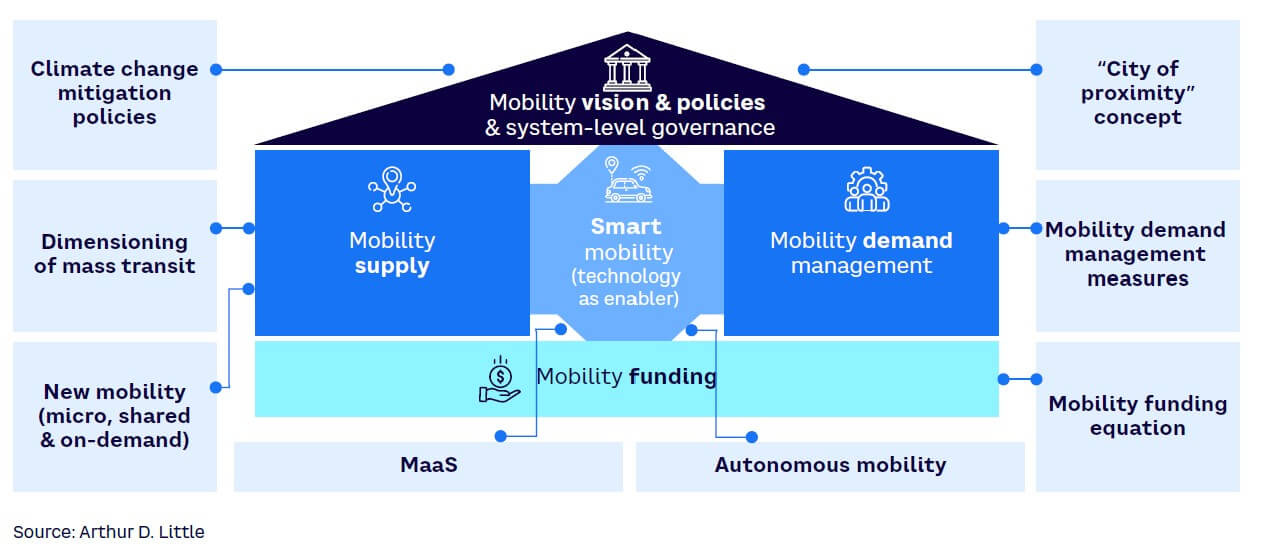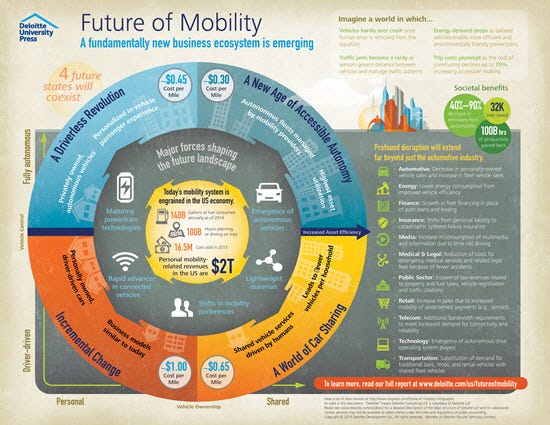The New Mobility Stack
How autonomous systems, national EV strategies, and the battery geopolitics reshaping global transport
This is a newsletter exploring how AI, climate change, and geopolitics are reshaping the foundational layers of human and planetary health.
We live in a time when biology is (re)programmable, nature is intervenable, and national borders are increasingly fluid. 1000bai examines this transformation through the lens of founders, funders, researchers, and thinkers who are rebuilding our deepest infrastructures: how we heal, grow, and survive.
Each edition will offer insight into what’s being rewritten and why it matters, with rounded analysis, provocative ideas, and curated signals from the frontier of living systems.
No noise. Just signal.
—Koshu (Okinawa) & Ander (Basque Country) of Lifetime Ventures.
The Problem
The global mobility system is one of the most extractive, inefficient, and inequitable infrastructures on the planet. It burns 7 billion barrels of oil annually (~55% of all global oil demand) yet delivers only 4–5% efficiency in terms of energy-to-movement conversion. At its worst, the system generates:
~15% of global CO₂ emissions (from transport alone)
>1.3 million deaths per year from road accidents (WHO)
20–40% of urban land consumed by roads and parking, creating heat islands and social fragmentation
Despite spending $4 trillion/year globally on transport infrastructure, mobility remains inaccessible for over 1 billion people, primarily in the Global South, and increasingly in underbuilt rural regions of the North. The costs are both human and planetary.
Why Now?
AI: Mobility as Intelligence Layer
Simulation-native design: Models like Waymo’s simulation stack run 20 million miles/day—more than any human fleet.
Predictive infrastructure: NVIDIA’s cuOpt cuts logistics routing by up to 30%, saving gigatons in fuel and time.
Autonomous networks: Chinese firms like WeRide and Baidu are scaling Level 4 autonomy in urban corridors, bypassing regulatory delays seen in the West.
Climate: Volatility as Exposure Engine
Heatwaves raise urban asphalt temps to >60°C, degrading infrastructure 30–50% faster.
Flooding knocks out $8–12 billion/year in urban transit systems (World Bank).
Battery chemistries relying on lithium, cobalt, and nickel are ecologically fragile and geopolitically volatile.
Geopolitics: Strategic Dependencies Shift
China controls >75% of the EV battery supply chain, from refining to assembly.
The U.S. IRA and EU Green Deal are triggering sovereign EV + battery ecosystems, with $200B+ in re-shoring incentives.
Middle East sovereign wealth funds are backing “mobility-as-diplomacy,” investing in global EV and autonomous players to pivot beyond oil.
The Future
The new mobility OS will not revolve around cars or roads, but dynamic, autonomous, and regenerative coordination across layers of people, goods, and data.
By 2030, we may see:
Autonomous delivery swarms in 200+ cities, reducing last-mile emissions by 70%
Geothermal + solar-charged micro EVs achieving <0.1 kg CO₂ per km
AI-optimized public transit grids adjusting in real time, cutting wait times by 80%
Synthetic fuels for aviation scaling to 20% of global airline demand
We’re moving from mobility as movement to mobility as metabolism—where movement regenerates social cohesion, planetary balance, and infrastructure intelligence.
Rabbit Hole
📚 Read: The Grid (Gretchen Bakke), Transport for Humans (Dyson & Sutherland), Road to Nowhere (Paris Marx).
🗞 Click: Bloomberg Hyperdrive, PitchBook Mobility Tech
🎧 Listen: The Autonocast, Shift (Automotive News), The Micromobility Podcast.
🎫 Attend: MOVE (London, Austin), Micromobility Europe (Amsterdam), CES Mobility Track (Las Vegas).






